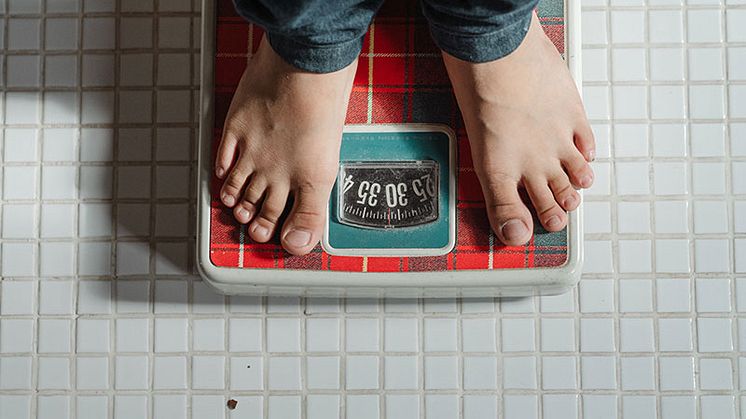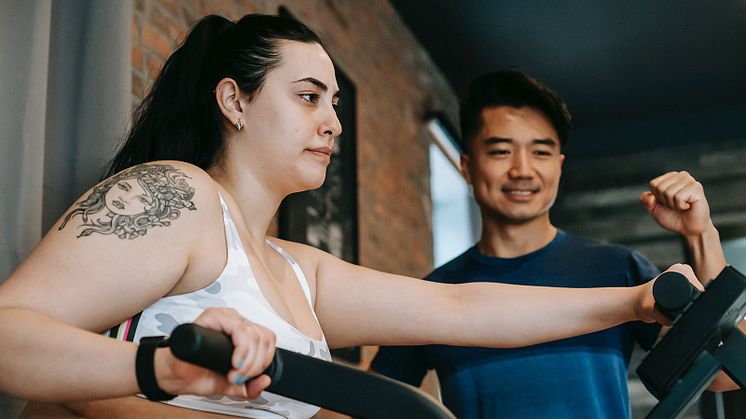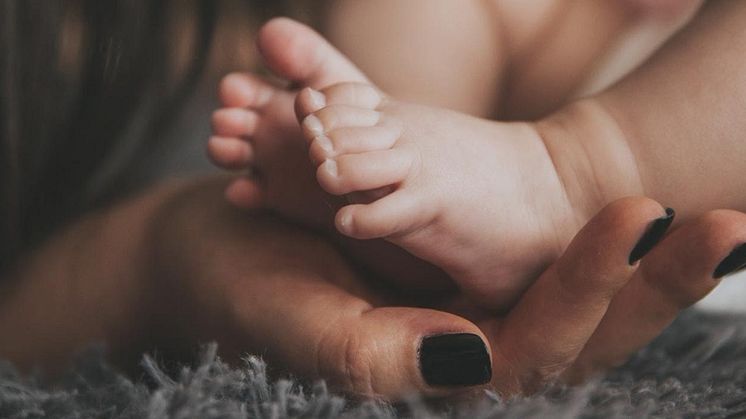
Blog post -
Successful Weight Loss (Not To Be Confused With Fat Loss!)
Fat loss and weight loss are different, but they can become confusing because they are often used interchangeably. Weight loss refers to a decrease in overall body weight, including muscle, water and fat, while fat loss specifically targets the reduction of body fat.
Let's untie the knots of confusion below so you can better understand how to achieve your dream body goal.
What happens when the body loses weight? Do we lose muscles too?
Fat cells shrink in size during weight loss due to energy expenditure, but their number remains the same. Carbon dioxide and water are byproducts of fat loss, which are expelled through breathing, urination, and sweating. Fat cells in the body can save extra energy (extra calories) for future use, known as triglycerides. Calorie surplus over time can affect your health and body shape.
The amount of calories the body needs depends on several factors, including age, gender, level of physical activity, and body size. An active individual, such as those who exercise regularly, would need more calories than someone primarily sedentary.
A calorie deficit, where fewer calories are consumed than burned, promotes weight loss. As a benchmark, a daily deficit of 500 calories is an excellent starting point for noticeable fat loss, although this varies from person to person.
Do we lose muscles when our body loses weight? Dr Ivan Puah reminds us, "When we lose weight, the body loses fat and muscle mass too. Sufficient protein intake and adequate resistance exercise will be necessary to minimise muscle loss."

Why is it so hard to maintain weight loss results?
According to Dr Ivan Puah, who holds a Graduate Diploma in Sports Medicine, our body's fat cells serve as a reserve energy store for survival and are subject to complex regulatory systems. When our weight deviates from its set point, the body will adjust its metabolic responses to maintain a stable weight, similar to how our bodies regulate temperature and blood pressure. Weight regain after weight loss can be a physiological response rather than a failure of conscious effort.
Addressing obesity requires a comprehensive approach that extends beyond simply monitoring caloric intake. It necessitates an interdisciplinary perspective that considers the individual's condition's psychological, physiological and nutritional aspects.
The expected rate of weight loss varies from person to person. For those who are overweight or obese, a comprehensive programme that includes a healthy diet and regular exercise can typically result in a 5 to 10 percent reduction in body weight within the first six months.
After hitting your weight loss target, the maintenance phase will be the biggest challenge. A sustainable weight loss result requires your commitment to maintaining a healthy lifestyle and eating habits.
To achieve successful and sustainable weight loss results, individuals must seek guidance from experienced and qualified professionals who can tailor their recommendations to the individual's unique needs.
There are no one-size-fits-all solutions or quick fixes to lose weight.
Fat Loss Facts

Fat loss involves the loss of fat mass only. Unfortunately, many think losing weight can also help lose stubborn fat in areas such as the belly, waist, arms or thighs. In reality, there is no way to decide which areas of the body one wants to specifically lose fat in.
Age, gender, genetics, lifestyle and hormonal changes also play a significant role in where fat accumulates, making it more challenging for those who set their sight on losing fat from one specific body area.
Modern Liposuction with MDC-Sculpt®️ Lipo Technique
Those who struggle with disproportionate body shape or stubborn fat deposits in specific areas, even after successfully losing the kilos, may benefit from surgical treatment that targets localised fat tissues. One clinically proven option is liposuction, which isn't designed for weight loss but is effective and efficient at permanently removing unwanted fat, improving one's body confidence and self-esteem.
If you are looking for a comprehensive and personalised approach to remove excess body fat and shape your body, the MDC-Sculpt®️ Lipo Technique may be worth considering. This proprietary method was created by Dr Ivan Puah, who has over 17 years of surgical body sculpting experience. It considers each individual's body shape, fat anatomy and skin laxity to achieve the most natural-looking and aesthetically pleasing results.
The beauty of this technique is that it combines thorough fat removal and tailored body sculpting in one procedure whilst tightening loose skin. The MDC-Sculpt®️ Lipo Technique is personalised to each individual's goals and can help you achieve slimmer legs, flatter belly, toned arms and shapely waist.
Reducing the number on the weighing scale (weight loss) and decreasing a few dress sizes (fat loss) require two different solutions. We understand how frustrating it is to work so hard, but the results are not showing. Contact us today for us to help you achieve your desired body goals. None of our skin, face and body programs are cookie-cutters; they are unique because you are.





